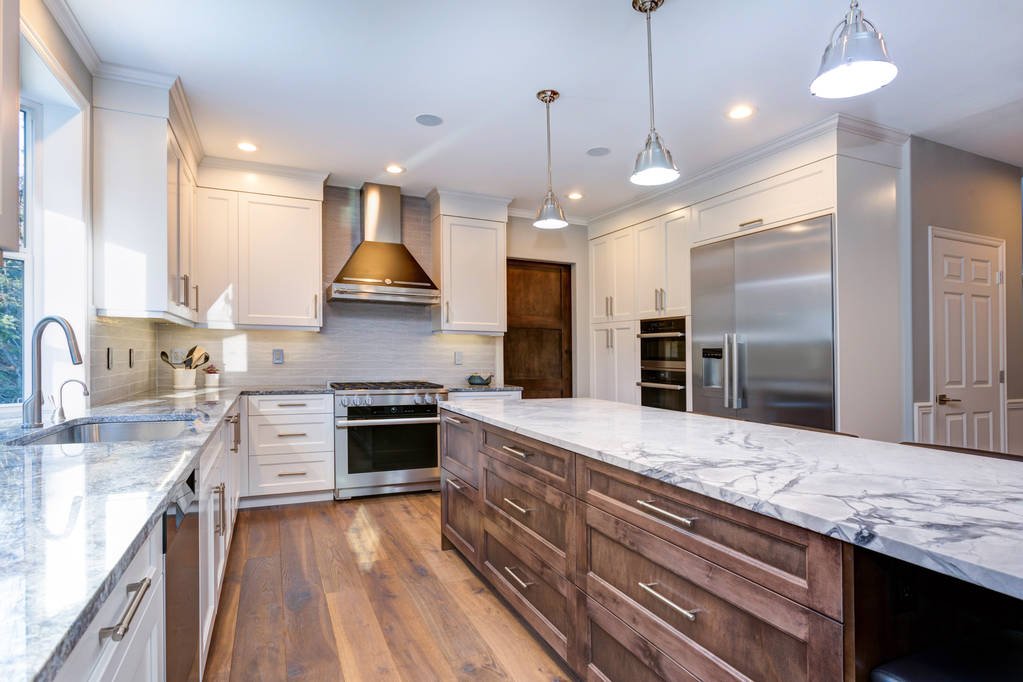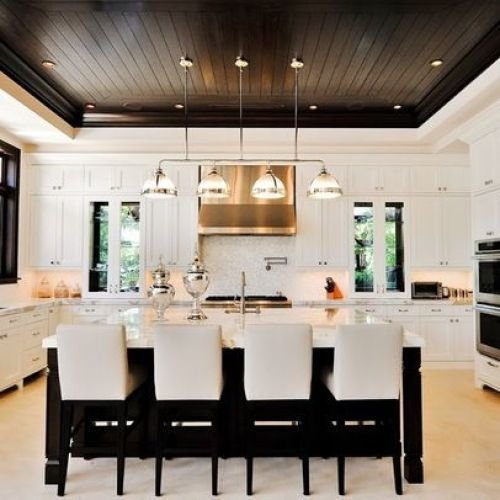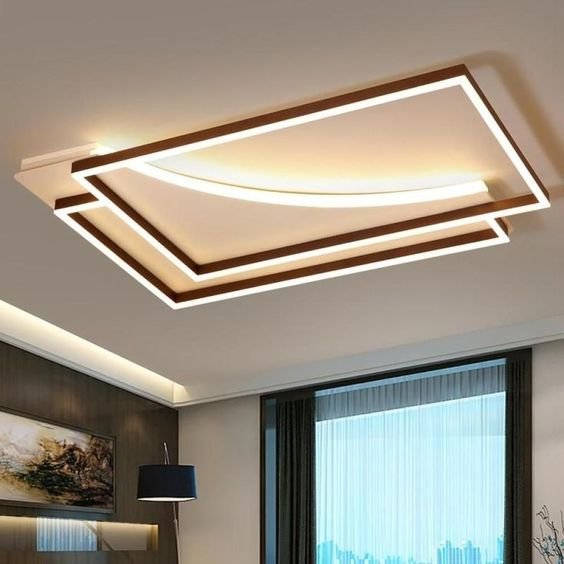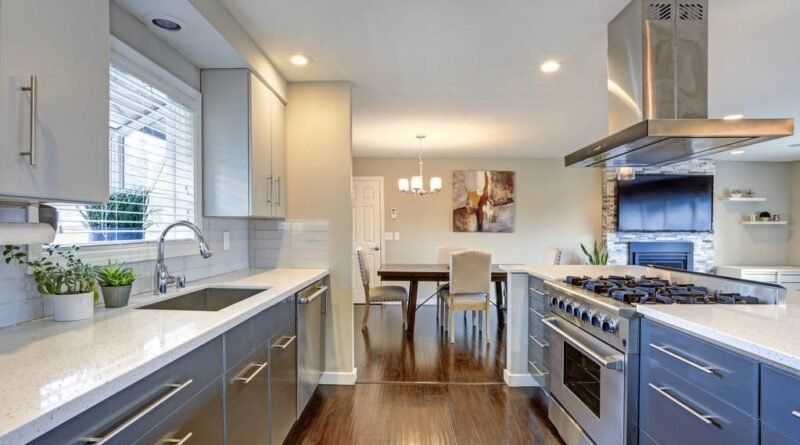Modern Ceiling Design for Kitchen
When it comes to interior design, the roof often persists an unseen canvas. But with the current times, home owners and designers have started to yearn for a modern roof design style for the kitchen, particularly in areas such as kitchen. The kitchen, also known as the heart of the home, is felt more when discussing aesthetic and functionality. This is the place where the Modern Ceiling Design for Kitchen comes into the game for the kitchen.
Table of Contents
Modern Ceiling Design for Kitchen
The kitchen is not only where one prepares food; It is where one socializes, creates memories and showcases its cooking creativity. While cabinets, countertops and appliances are primary components in kitchen design, the roof should not be overlooked. A well-chosen curated modern roof design for the kitchen can enhance the overall ambiance, enhance lighting, and even improve ventilation.

Ceiling Design for Kitchen
Why is the roof design so important for the kitchen? First of all, it can change the environment of space significantly. A well -designed roof can cause illusion of height, openness and elegance. In a kitchen, where practicality is important, a thinking can combine both the planned roof style and functionality. Secondly, the light plays an important role in a kitchen.
Proper lighting is necessary for functions like chopping, cooking and washing. A modern roof design for the kitchen to provide adequate illumination for various activities can include various lighting fixtures, including rebuilt lights, pendant lights, or even chandeliers. Finally, a modern roof design for the kitchen can contribute to proper ventilation. Cooking causes heat, steam and smell that needs to be taken out effectively. The correct design can accommodate exhaust fans or ventilation systems to maintain a comfortable cooking environment.
Types of Ceiling Design for Kitchen
When it comes to your kitchen, there are many roof design options to consider:
Try Ceiling: These are a favorite among homeowners who want to create depth and visual appeal in a kitchen. A stepped center section is flanked by a step limit, commonly accented with molding or indirect lighting.

Coffered roof: Coffered roof contains a grid of panels bound by beams. They can add a touch of elegance and a sense of architectural details to your kitchen.

Exposed beam: For a rustic or farmhouse-style kitchen, exposed wooden beams can create a comfortable and invited environment. They bring heat and character into space.
Vaulted sealing: If your kitchen has height, the ceiling of a vault may feel more spacious and open. This design is perfect for creating an airy and grand atmosphere.
Suspended ceiling: also known as a drop ceiling , these are practical to hide utilities and wiring. They can also provide a surface to mount light fixtures.

Incorporating Lighting into Your Ceiling Design
As mentioned earlier, light is an important aspect of kitchen design. Your ceiling design includes light fixtures, both functional and pleasant for beauty. Normal lights are popular options for normal lights, while pendant lights can be hung above the kitchen islands or food areas. Under-cabit lighting can be basically integrated into a coffee roof, offering task lighting to prepare food.
Color and Material Choices
In selecting colors and materials for your kitchen ceiling , look at the overall theme and style of the kitchen. Litter color can give the sense of openness, whereas dark tones can bring a sense of closeness. The reflective material can increase the light in the room, which can make it feel bright.

Maintenance and Care
Once you invest in a well -designed kitchen ceiling , it is important to maintain it properly. particularly within the kitchen setup, there is a need to regularly clean so that grease, dust and ground do not form. Use care when using cleaners, as some items are prone to reacting to some chemicals. Observe the ceiling from time to time for any signal of water damage or any signal, and immediately address any issue to prevent further damage.
Conclusion
Kitchen ceiling is a often low -prison element of kitchen design. However, with the right design, it can elevate the space, improve lighting and increase ventilation. From the tray ceiling to the exposed beam, there is a wide range of design options for choosing. When planning your kitchen remodel or renewal, do not forget to consider the ceiling as an integral part of the overall design. The ceiling of a well -designed kitchen can actually turn your culinary location into a functional and aesthetically pleasant shelter.
Read Next
12 Best False Ceiling Design for Hall

